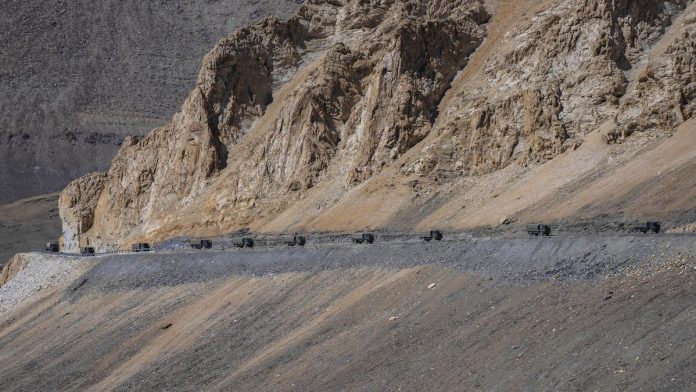The announcement of a second runway at the strategic Leh airbase marks a pivotal development in the country’s defence infrastructure. Situated in the critical region of Ladakh, this enhancement bolsters the IAF operational capabilities and underscores the necessity of adapting to evolving geopolitical dynamics along the LAC. Leh, nestled at 10,000 feet, serves as a linchpin in India’s military posture against its northern adversary. The airbase has historically supported both military and civilian aviation, with operations predominantly constrained to the morning hours due to challenging climatic conditions. The increasing frequency of military flights, especially those involving advanced fighter jets like the Rafale, MiG-29, and Su-30, along with Apache helicopters, underscores the escalating tensions and the importance of heightened readiness. Leh functions as a vital hub for airlifting troops, supplies, and equipment, particularly during the harsh winters when road access is severed by snow. The second runway will ensure that operations remain unimpeded, even in the face of potential disruptions. The incident involving a stranded C-17 aircraft last year, which rendered the sole runway inoperable for two days, highlighted a critical vulnerability.
It is a strategic decision to counter China’s infrastructure development in Tibet, with multiple airbases equipped with dual runways. Satellite imagery indicating continuous upgrades to these facilities signals an aggressive approach by China to secure its strategic interests. For India, the dual-runway system at Leh symbolises a proactive stride towards parity. It will also enhance the airbase’s capacity to handle increased traffic, both military and civilian. This infrastructure upgrade aligns with India’s broader defence modernisation efforts, ensuring that the IAF remains agile and responsive. Furthermore, the ability to sustain night operations at such a high altitude is a testament to the advancements in India’s aviation technology and operational preparedness. This first high-altitude airbase in India, with dual runways, sets a benchmark for future developments in other critical regions. This development is a clear signal of the government’s resolve to safeguard the nation and maintain stability in a highly sensitive geopolitical landscape.
Trending Now
E-Paper


